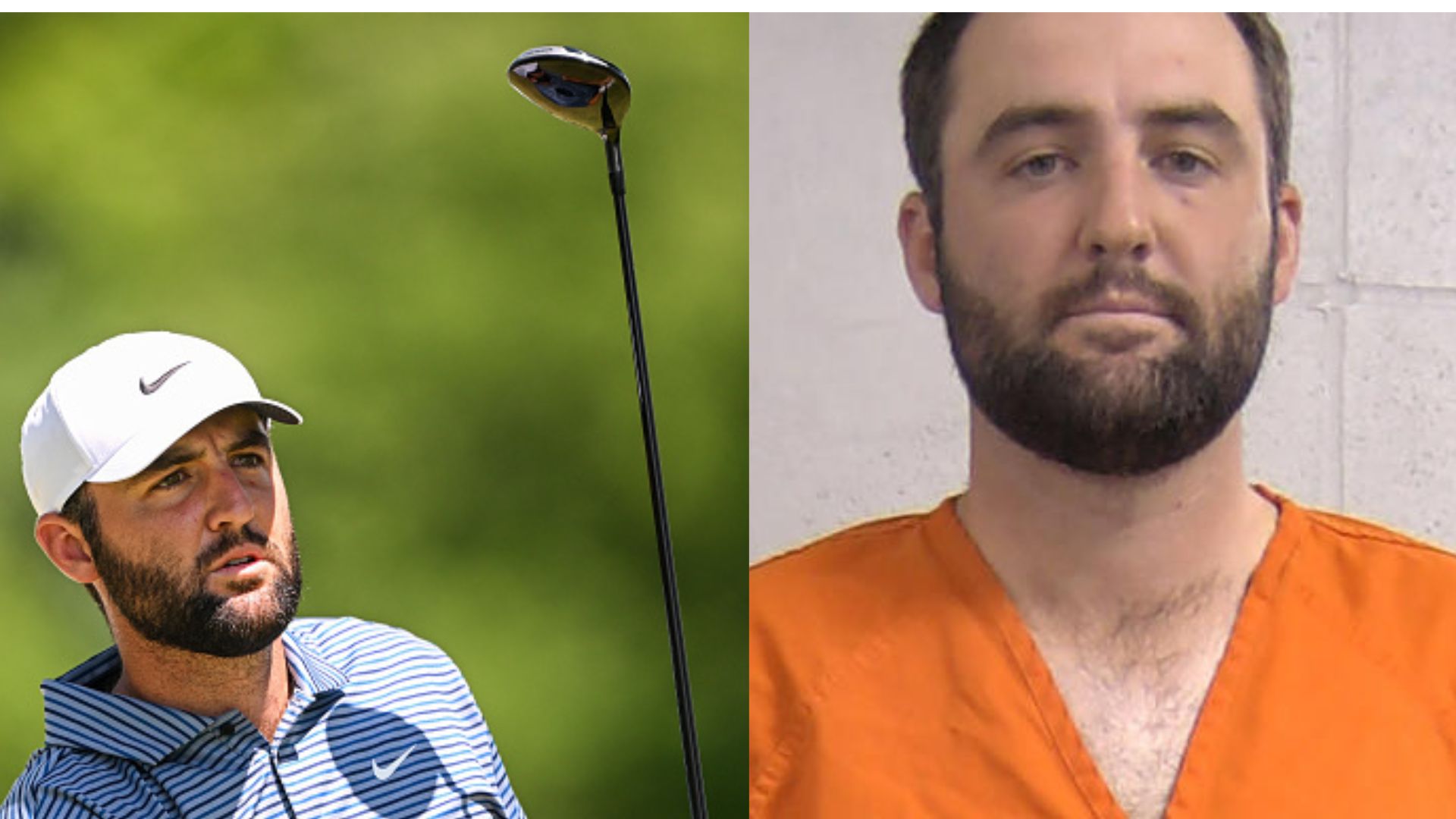Russia launched attacks targeting numerous Ukrainian regions on the third anniversary of the outbreak of the war, according to a Telegram post from the Ukrainian Air Force.
Newsweek has reached out to the Ministry of Defense of Ukraine and the Ministry of Defense of the Russian Federation for comment via email outside of business hours.
Why It Matters
Monday's attack on several Ukrainian regions comes on the third anniversary of Russian President Vladimir Putin's invasion of the Eastern European nation.
The attack also comes just a day after Russia launched its largest ever drone strike on Kyiv with 267 drones.
In order to end the war, U.S. Secretary of State Marco Rubio last week led a delegation to Riyadh where he met Russian counterpart Sergey Lavrov for initial discussions. Notably, neither Ukrainian nor European Union officials were invited to join.
Ukrainian President Volodymyr Zelensky has raised concerns about being left out of the peace talks.

What To Know
According to the Ukrainian Air Force's Telegram post, Russian forces attacked by launching 185 Iranian-made Shahed drones and various types of decoy drones targeting 12 Ukrainian regions.
The drones were launched from Orel, Bryansk, Kursk, and Chauda in Crimea, but were repelled by "aviation, anti-aircraft missile troops, electronic warfare units and mobile fire groups of the Air Force and the Defense Forces of Ukraine."
Most of the drones failed to reach their targets, as 113 Shahed unmanned aerial vehicles (UAV) and other types of drones were shot down over 12 oblasts including Kharkiv, Poltava, Sumy, Kyiv, Chernihiv, Cherkasy, Kirovohrad, Khmelnytskyi, Mykolaiv, Odesa, Kherson and Dnipropetrovsk regions, while 71 simulator drones were "lost in location."
According to the Ukrainian Air Force, regions that were affected include Dnipropetrovsk, Odesa, Kyiv and Khmelnytskyi.
As a result of the attacks, one person was killed and five were injured, The Kyiv Independent reported.
In response to the attacks, Ukraine struck the Ryazan oil refinery in western Russia on Monday, according to the General Staff of Ukraine's Armed Forces' post on Facebook.
Units of the Unmanned Systems Forces of the Armed Forces of Ukraine, in conjunction with other members of the defense forces, struck the facility that processed 5 percent of Russia's total refining throughput in 2024.
The attack marked the third strike on the oil refinery utilizing UAVs since the beginning of this year, according to the news outlet ASTRA.
The governor of Ryazan, Pavel Malkov, wrote on Telegram that due to falling debris, a fire broke out "on the territory of the enterprise" and that there were no casualties.
What People Are Saying
In a post on X, formerly Twitter, Tim White, a journalist covering Ukraine, wrote: "Just one out of 185 attack drones fired by #Russia, beat air defencea in #Ukraine during the night. 113 were shot down and 71 decoys fell harmlessly. Four regions suffered damage, mainly from debris: #Dnipropetrovsk #Odesa #Kyiv + #Khmelnytskyi. #StopRussia."
Ukrainian President Volodymyr Zelensky wrote on X on Sunday: "Every day, our people stand against aerial terror. On the eve of the third anniversary of the full-scale war, Russia launched 267 attack drones against Ukraine—the largest attack since Iranian drones began striking Ukrainian cities and villages. In total, nearly 1,150 attack drones, more than 1,400 guided aerial bombs and 35 missiles of various types were launched this week."
He continued: "...We must do everything possible to bring a lasting and just peace to Ukraine. This is achievable through the unity of all partners—we need the strength of all of Europe, the strength of America, the strength of everyone who seeks lasting peace. I thank all our partners who help us and understand this."
What Happens Next
Zelensky has said that he is willing to step down from his post in order to achieve peace and for Ukraine to gain entry to the North Atlantic Treaty Organization (NATO).




















 English (US) ·
English (US) ·